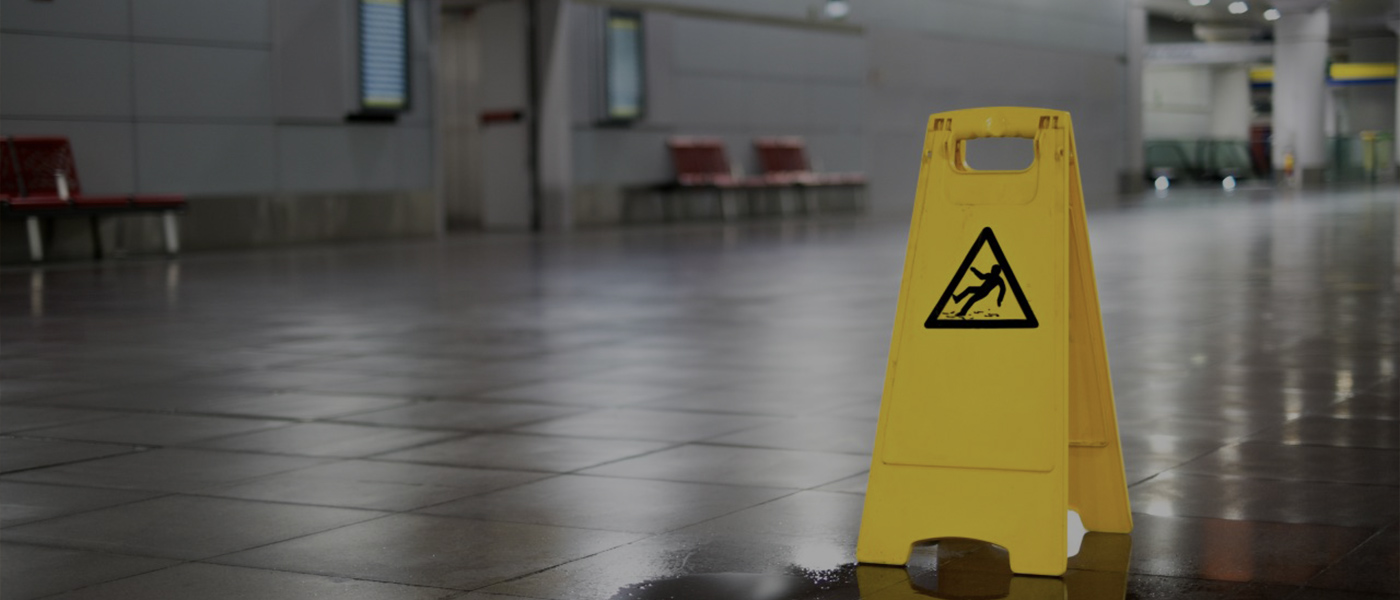Hurricane Preparation Guide and Statistics
Hurricane Ida is a devastating reminder that hurricane season is not over yet. We are just at the peak of the season with hurricanes still forming in the Pacific Ocean, Gulf of Mexico, and Atlantic Ocean. With the help of Doppler radar, we can be notified of hurricanes developing as far as 3 to 5 days in advance. To be sure you are ready for a hurricane, here are a few tips and statistics to keep in mind.
- Before The Storm
Be prepared weeks in advance with some hurricane necessities such as: cases of purified water, flashlights, first-aid kit, non-perishable foods, and a generator with a gas canister fully filled. Hurricanes produce strong winds so try your best to secure outside objects. Items with a high center of gravity such as playhouses and basketball hoops should be brought inside or tipped over. Windows also need to be protected. If you don’t have storm shutters, windows should be covered with plywood boards. Bring all family pets inside and make sure they have plenty of food and water. In the case of an emergency evacuation, be familiar with all available routes and fill your vehicle’s gas tank at least a day before the storm is projected to hit.
- During The Storm
Once a hurricane makes landfall, your safety is a top priority. To protect yourself and others from injury, stay in a secure room or shelter, and do not venture outside. Stay away from windows and doors as they can break or fly open from high winds. Additionally, try to limit using your phone and flashlight until absolutely necessary. Power may be out and you’ll want to conserve battery life for as long as possible. Do not venture outside during temporary periods of calm and quiet. While it may seem like the storm is over, you are likely in the eye of the storm, and more damaging winds and rain may be to come. Finally, keep all family members together to avoid becoming separated.
Contact us now to speak with one of our attorneys!
- After The Storm
Before checking outside, wait until there is official word that the storm and winds have passed. If you see any power lines down, immediately report them to officials. Do not drink water from the tap due to potential contamination. It’s best to drink bottled water until further notice.
While it may be hard during such trying times, it’s important to remain patient. Returning to normal after a significant storm make take a while.
The aftermath of a hurricane can be devastating, but by preparing for the storm in advance, you can give yourself the best possible chance of little to no major damage.
Hurricane Statistics
Hurricanes can cause significant damage and destruction. A 2019 CNN article lists the most noteworthy hurricanes that have ever hit the United States. These hurricanes serve as an important reminder to take hurricane warnings seriously, and to make sure to take all necessary precautions.
Most Devastating Hurricanes in the US
Hurricane Irma. From August 30, 2017 to September 12, 2017, Hurricane Irma made seven landfalls, including four as a Category 5 hurricane across the northern Caribbean islands. It was downgraded to a Category 4 before hitting the Florida Keys and then it hit the southwestern part of Florida as a Category 3. Hurricane Irma caused an estimated $50 billion in damage.
Hurricane Ike. From September 1, 2008 to September 14, 2008, Hurricane Ike was a Category 4 hurricane, making landfall on the Turks and Caicos Islands. After downgrading to a Category 2 hurricane, Irma hit Texas’ Galveston Island. In total, Ike’s path included the Turks and Caicos Islands, Cuba, Texas, Louisiana, and Arkansas. The damage caused from this hurricane was $30 billion.
Hurricane Katrina. Hurricane Katrina is one of the U.S’s most devastating hurricanes based on economic damage. From August 25, 2005, to August 29, 2005, Hurricane Katrina was a Category 5. It hit Florida as a Category 1 hurricane and later hit Buras, Louisiana as a Category 3. Katrina’s path included Florida, Alabama, Mississippi, and Louisiana, causing an estimated $160 billion in damage.
Hurricane Harvey. On August 17, 2017, through August 30, 2017, Hurricane Harvey was a deadly Category 4 hurricane. Harvey hit the south-central part of Texas, near Rockport, Texas and stalled on Aug 26th, before meandering slowly back into the Gulf of Mexico. It then progressed towards Cameron, Louisiana, for its final landfall destination. Hurricane Harvey caused about $125 billion in damage and is the second-most costly hurricane to hit the U.S. mainland since 1900.
While hurricanes can cause devastating damage and injuries, proper planning can help protect individuals from harm. If you or a loved one have sustained injuries or damages in a hurricane, we may be able to help. Contact a Hilliard Law attorney at (361) 882-1612.
Sources:
https://www.napolilaw.com/article/hurrican-preparedness-tips-facts-to-dos/
https://weather.com/storms/hurricane/news/tropical-storm-harvey-forecast-texas-louisiana-arkansas









